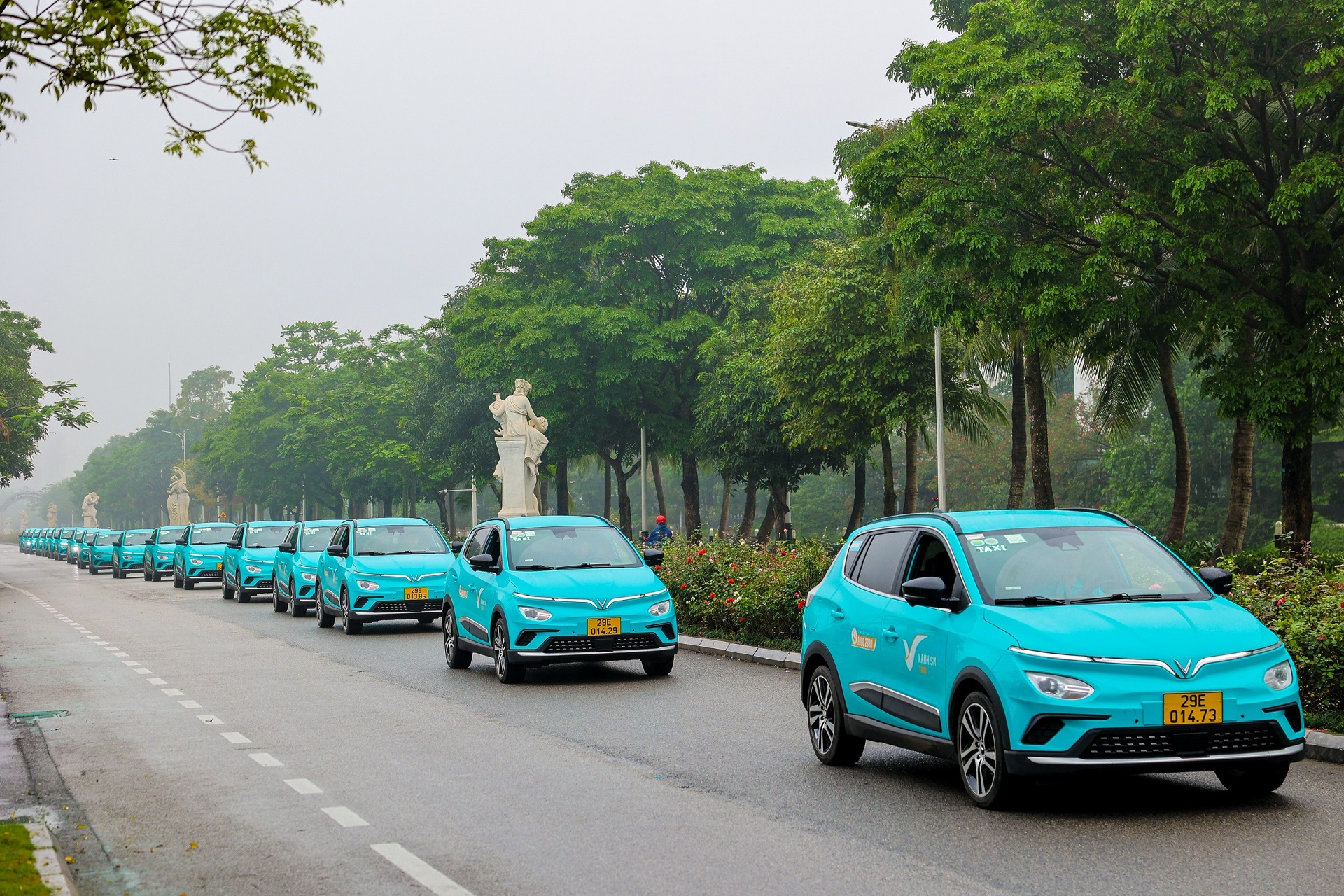
HANOI, VIETNAM – Media OutReach – 14 April 2023 – Green and Smart Mobility Joint Stock Company (GSM) officially begins operating the first pure electric taxi service in Vietnam – Green SM Taxi. The event ushered in a new era of taxis: smart, pollutant and noise-free, and environmentally friendly.
Green SM Taxi is set to launch on the roads of Hanoi, followed by a nationwide expansion to at least five provinces and cities this year, in line with the company’s strategic plan.
As of April 14, 2023, customers can easily book Green SM taxi services via the nationwide hotline, 1900 2088, just like traditional taxi services, or through the Green SM Taxi application, available on App Store and Google Play. Riders can also hail cars at all Vincom shopping malls, public spaces around the city, or on the roads. In May 2023, Green SM Taxi can be booked through BeVinFast service on the Be application.
In addition to convenient and diverse access, Green SM Taxi provides customers with two service options: GreenCar – a standard taxi service, and LuxuryCar – a premium taxi experience. GreenCar will roll out with the VinFast VF e34 in the company’s signature Cyan blue color, while LuxuryCar will use the VinFast VF 8 in their original luxurious colors.
Initially, SM Green Taxi will start operation with 500 VF e34s and 100 VF 8s in Hanoi. Shortly, the company will add the VinFast VF 5 Plus model to the GreenCar fleet. According to actual customer demands, the company will increase the number of cars in both service segments.
The starting price for the first 1 km of the GreenCar service is 20,000 VND. For the next 24 km, the fare for the VF 5 Plus is 14,000 VND/km, and the VF e34 is 15,500 VND/km. From the 26th km onwards, the fare will be 12,000 VND/km for the VF 5 Plus and 12,500 VND/km for the VF e34. The price for LuxuryCar service is fixed at 21,000 VND/km for the entire journey.
Speaking at the Green SM Taxi’s opening ceremony in Hanoi, Mr. Nguyen Manh Quyen – Vice President of the Hanoi People’s Committee, shared: “Electric taxis are among the advanced solutions that bring tremendous benefits to the community and contribute to reducing air and noise pollution while saving energy and costs for users. The deployment of electric taxi services in Hanoi not only affirms the determination of the City and cooperation of business organizations, particularly the GSM company, in accelerating sustainable transport development; but also contributes to realizing Vietnam’s commitment to reducing greenhouse gas emissions.”
Mr. Nguyen Van Thanh – CEO of GSM, shared: “GSM, in general, and Green SM Taxi, specifically, were established in response to the national climate objectives, which include efforts to reduce transportation emissions. Green SM Taxi offers a new standard of transportation service with outstanding quality, not just serving people but also connecting and forming a green and smart mobility ecosystem across Vietnam.”
Green SM Taxi is Vietnam’s first pure electric taxi company, providing passenger transportation services entirely by VinFast electric vehicles. This generation of taxis is noiseless and emits no carbon, which benefits public health and the environment. The cars are also equipped with various intelligent entertainment features, providing passengers with enjoyable experiences on every journey. With a team of highly trained and professional drivers and dedicated service, Green SM Taxi is committed to bringing 5-star service quality to customers.
Green SM Taxi will continue to be launched in Ho Chi Minh City in April 2023.
For more information about the Green SM Taxi, customers can visit https://www.taxixanhsm.vn/ or download the Green SM Taxi application at: https://taxisinhsm.page.link /newsletter
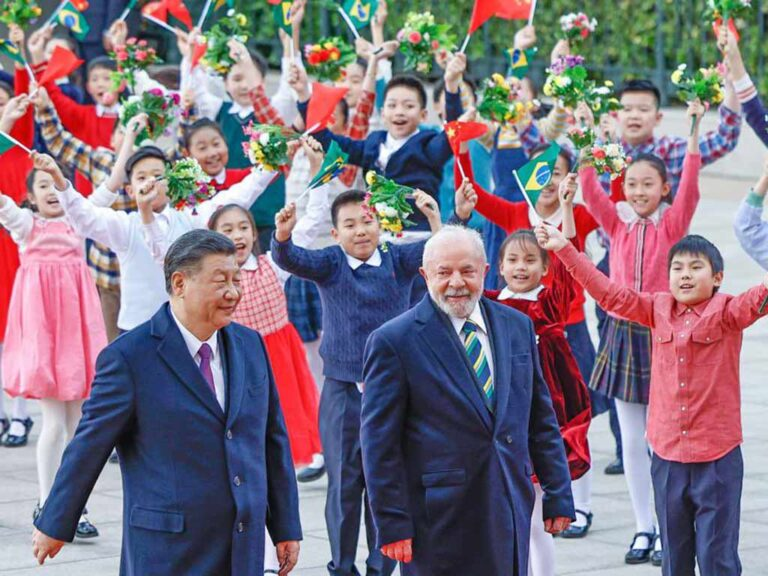
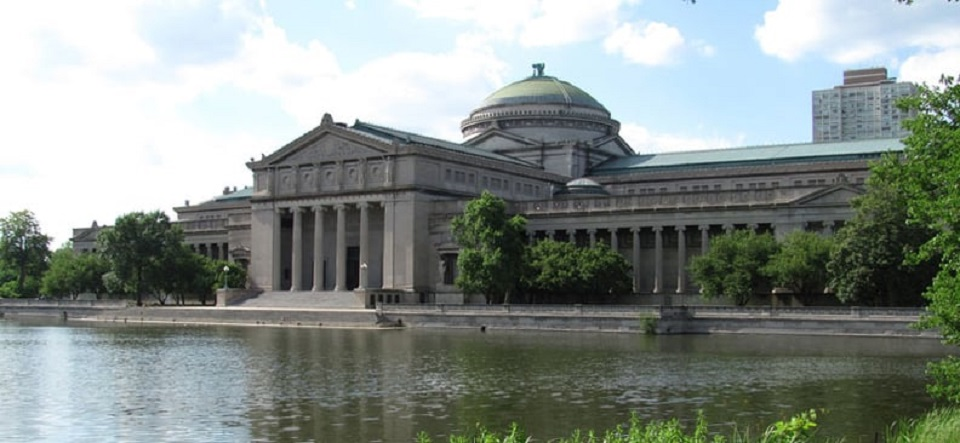






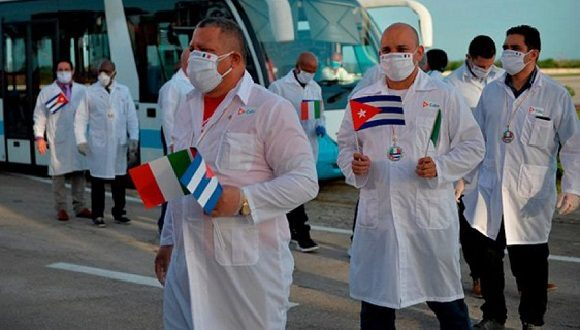
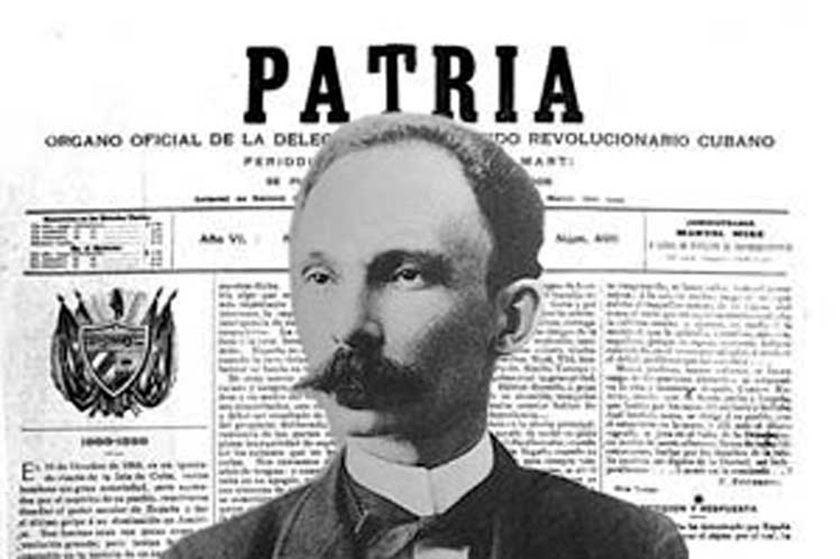
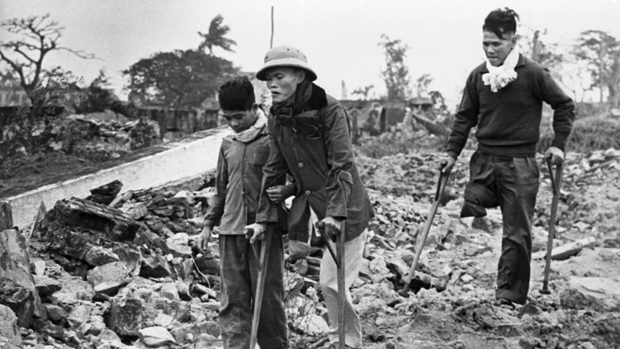
This isn't my school, nor do I live there, nor am I in school at all! I just found this on twitter from a parent's child who did go to this school